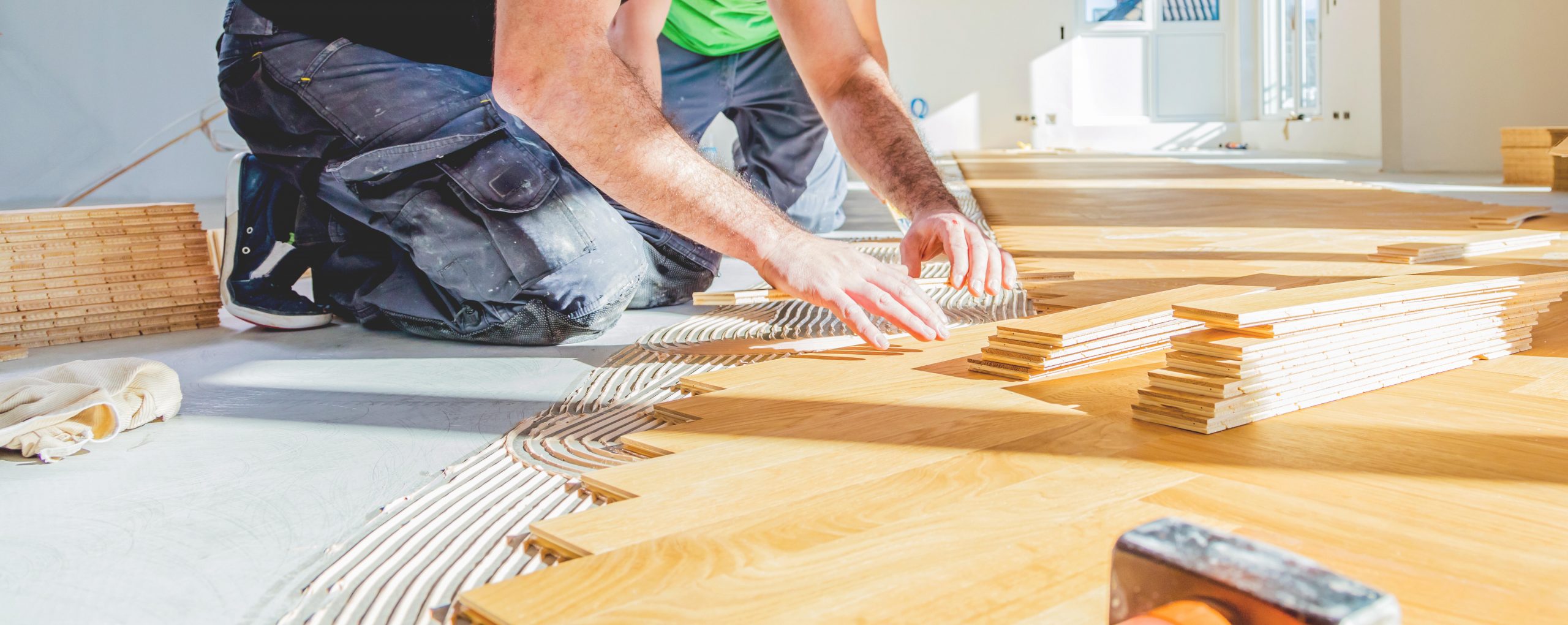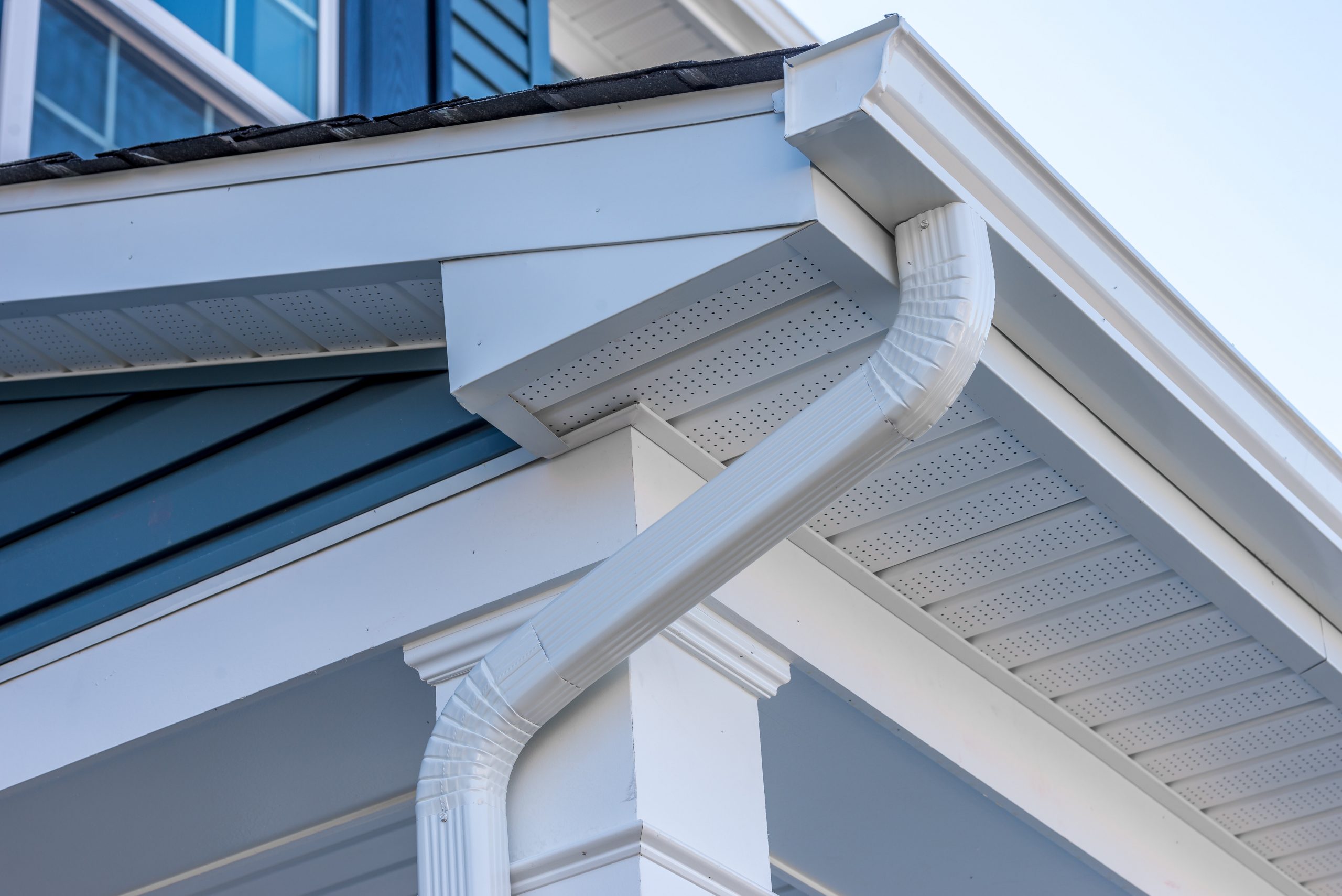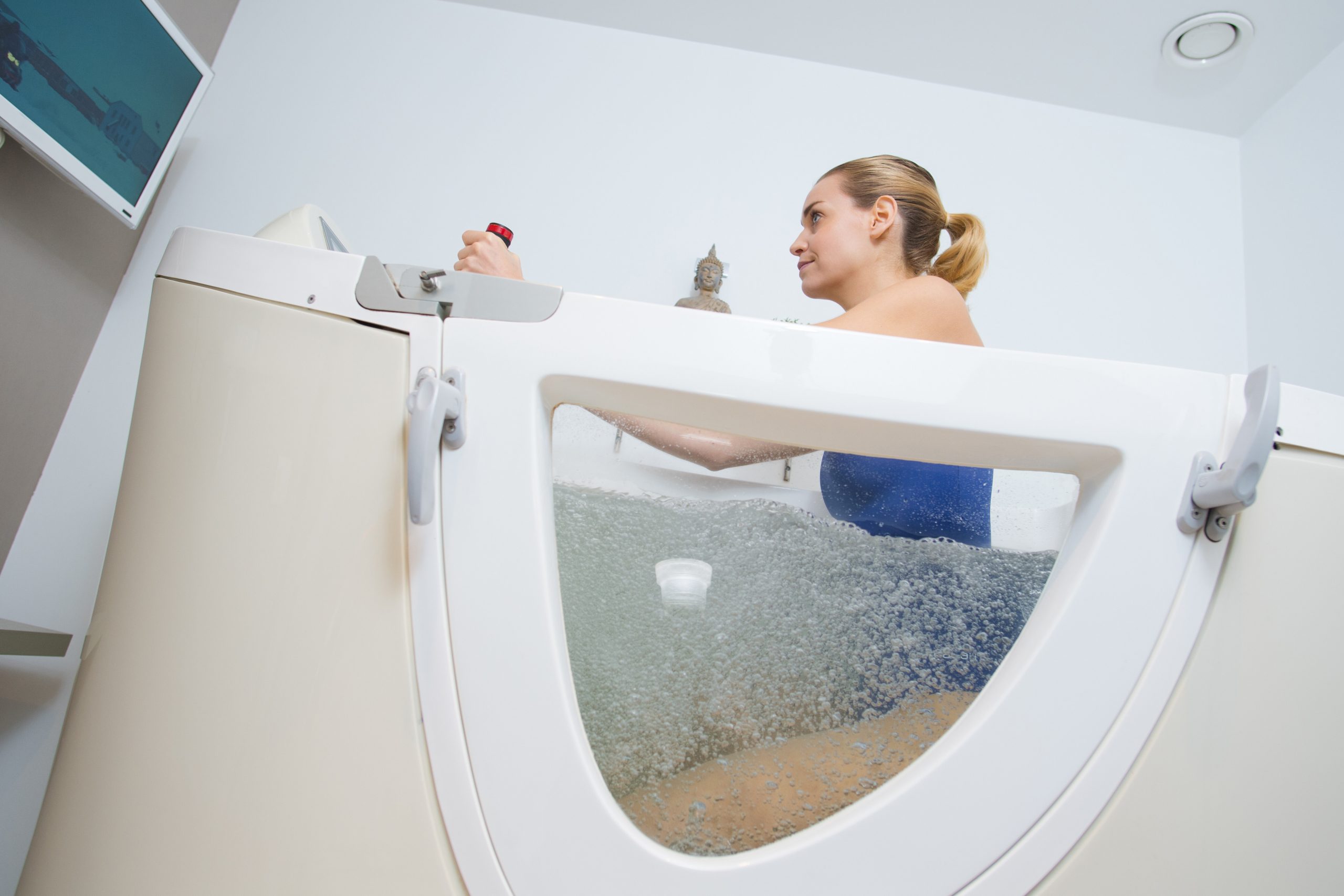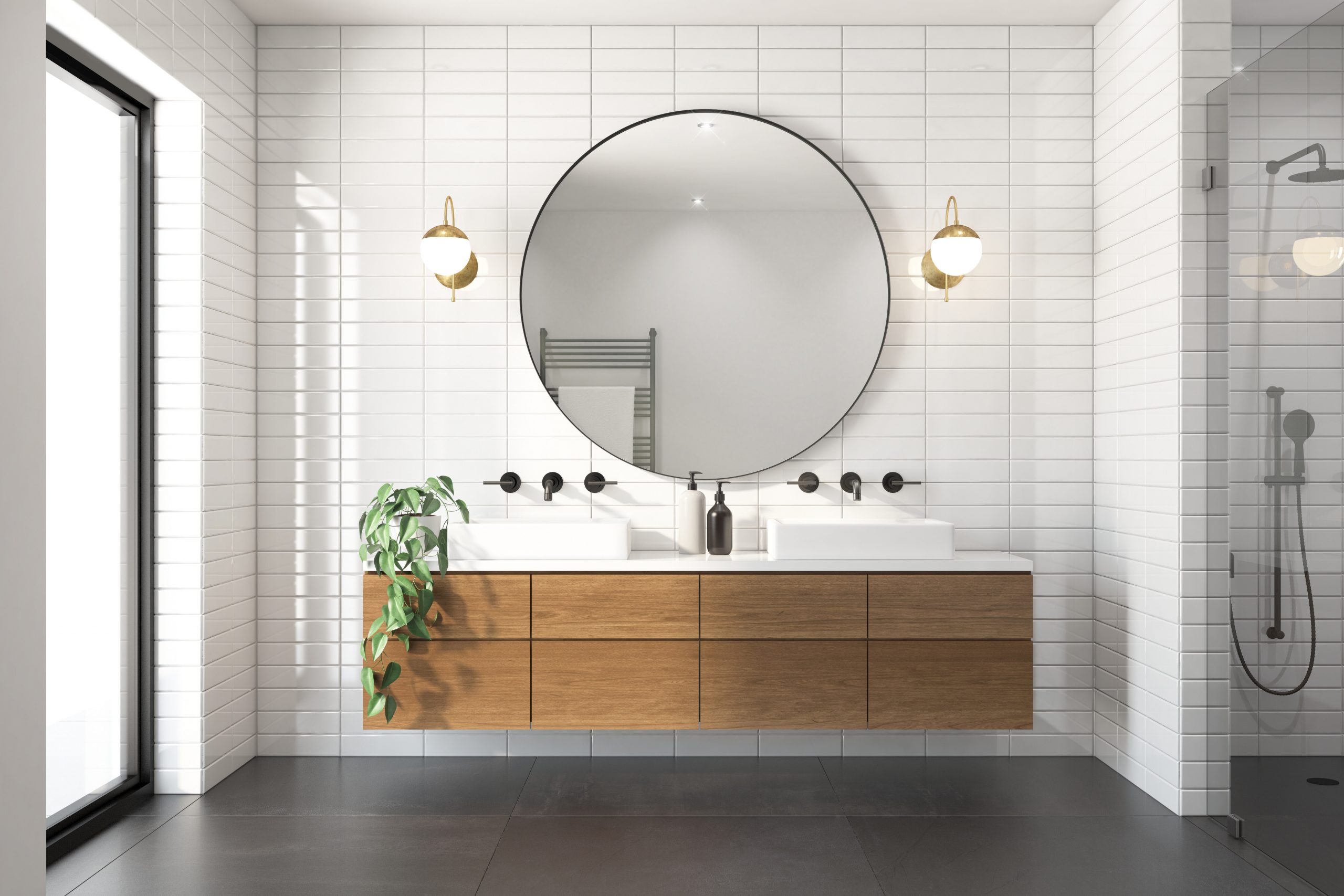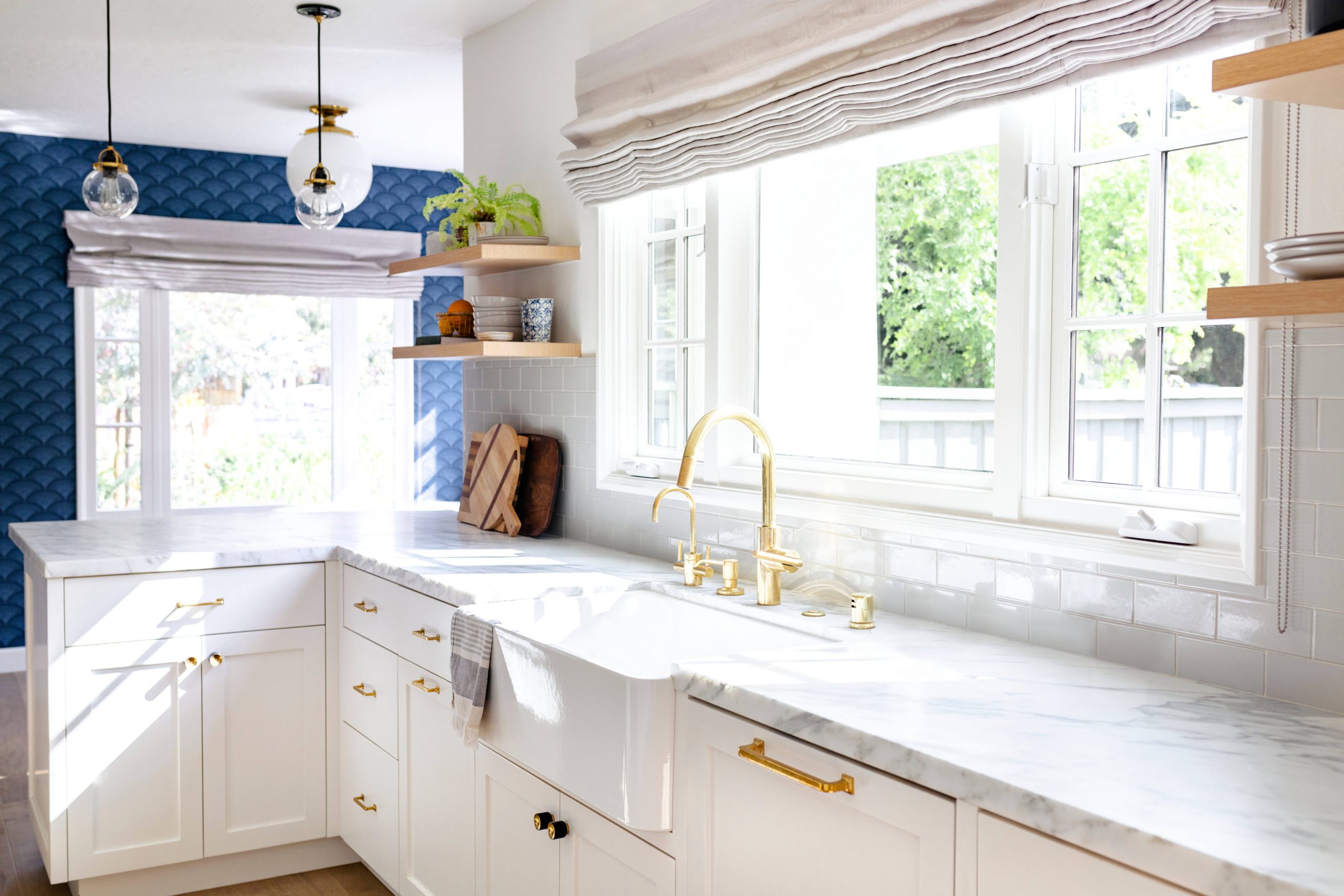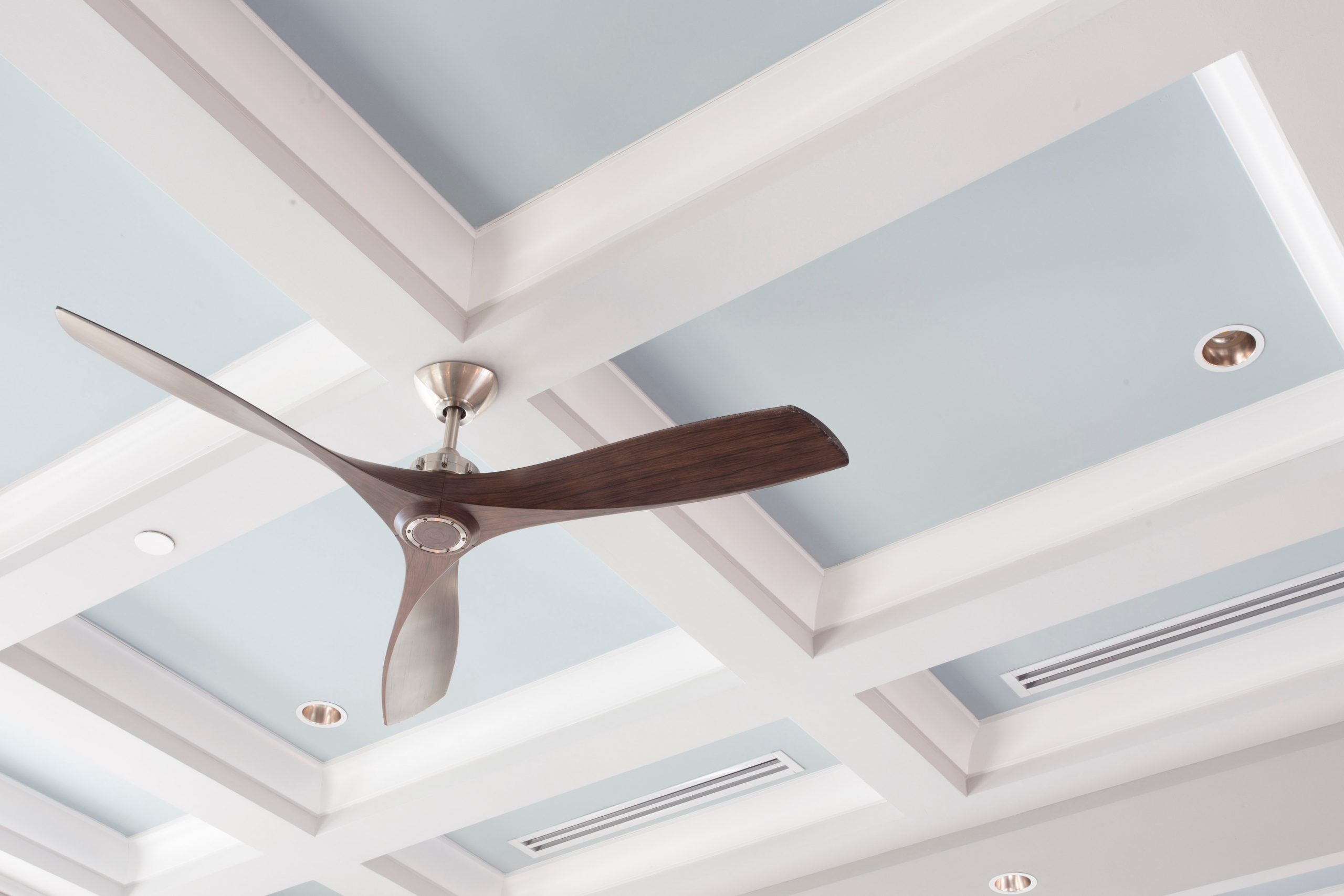Ever walked around your home and thought, “Hmm, new floors would be amazing!”? We get it. But then that price tag pops into your head, right? Fear not! You can get that dream floor without emptying your wallet. Let’s roll out some tips on getting the perfect floor and keeping those dollars in check.
Why New Flooring Makes a Difference
Floors are like the shoes of your home. They can make everything look shiny and new, or a bit…well, worn. A fresh floor can brighten your space, add value to your home, and give your feet a treat!
Step-by-Step Guide to Savings on New Flooring
Research, Research, Research: Knowledge = Savings
Before diving in, know your options. Hardwood, laminate, tile, or carpet? The best choice for you depends on the room, usage, and of course, budget. Understand the pros and cons of each material:
- Hardwood: Durable and adds value but can be pricey.
- Laminate: Affordable and easy to install, but may not last as long as hardwood.
- Vinyl Planks: Water-resistant and budget-friendly, great for kitchens and bathrooms.
- Carpet: Cozy and warm, ideal for bedrooms and living rooms.
Opt for DIY Installation: Be Your Handy Hero
Many flooring options, especially laminates and vinyl planks, are DIY-friendly. You can save a ton by laying them down yourself. Plus, there’s that proud “I did it!” feeling at the end. Look for online tutorials and step-by-step guides to help you through the process.
Shop the Sales: Timing Matters
Black Friday, holiday sales, and even end-of-season clearances can be golden times to buy flooring. Subscribe to newsletters or set alerts for your favorite home improvement stores. Often, stores clear out inventory to make room for new styles, so keep an eye out for these deals.
Get Samples: Try Before You Buy
Many stores offer small samples for a low price or even free. This way, you can see and feel the floor before making the big purchase. Test how they look under different lighting in your home and how they feel underfoot.
Bulk Purchase: More is Often Less
If you’re redoing multiple rooms or even the whole house, buying in bulk can get you a sweeter deal. Companies often offer discounts on larger purchases. Measure your spaces accurately to buy the right amount and avoid overbuying.
Consider Alternatives: Sometimes Faux is the Way to Go
Love the look of hardwood but not the price? Consider laminate or vinyl that mimics the wood look. They’re often more affordable and can be just as stylish. They’re also easier to maintain and more resistant to moisture.
Reuse and Recycle: Old Becomes New Again
Got old tiles or wood? Instead of throwing them away, consider repurposing. With a bit of creativity, you can create a unique, eco-friendly floor. Consider refinishing old hardwood or using reclaimed wood for a rustic look.
Negotiate: A Little Chat Can Lead to Big Savings
If you’re hiring professionals, get multiple quotes and see if they’ll match or beat competitor prices. Every saved penny counts! Don’t be afraid to ask for discounts or negotiate the cost of materials and labor.
Maintain Well: A Little Care Goes a Long Way
Once your new floor is in place, look after it! Regular cleaning and maintenance can prevent wear and tear, meaning you won’t need to replace it again soon. Use appropriate cleaners and protectors based on the flooring material.
Making the Most of Your New Floor:
Protect It: Pads and Rugs are Lifesavers
Invest in furniture pads and area rugs. They protect your floor from scratches and wear, plus add a touch of style to your space. Rugs also add warmth and can define different areas in open floor plans.
Stay Informed: Follow Cleaning Guides
Different floors have different needs. Make sure you clean and care for your floor the right way to ensure its longevity. Regularly sweep or vacuum to remove dirt and grit that can cause scratches.
Walk Proudly on Your Budget-Friendly Floor
There we go, future floor aficionado! Dreamy floors don’t always need a dreamy budget. With some research, patience, and these trusty tips from Casability, you can step up your home’s game without stepping over your budget. Ready to make the savvy switch? We’re here with you, guiding you every step of the way!
Happy home improving!
